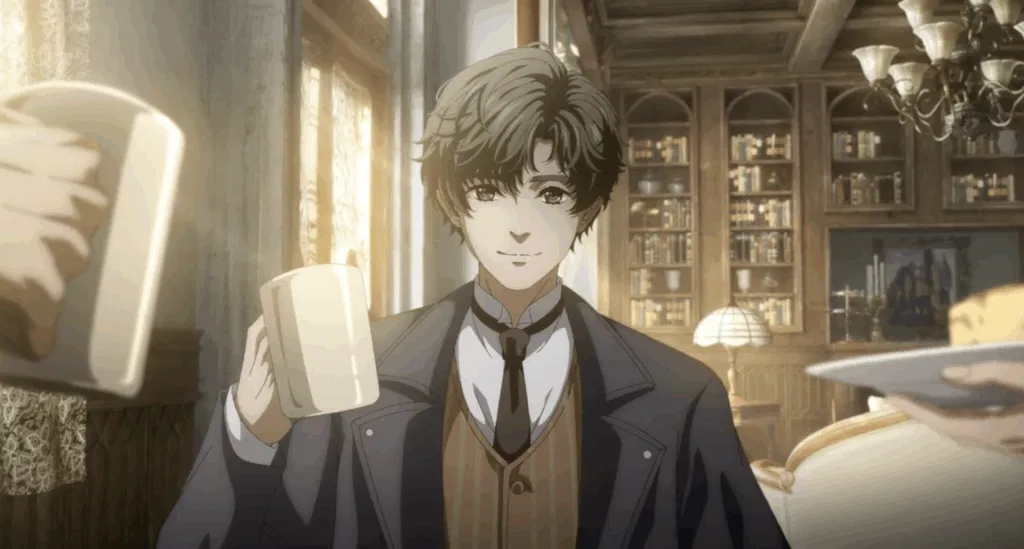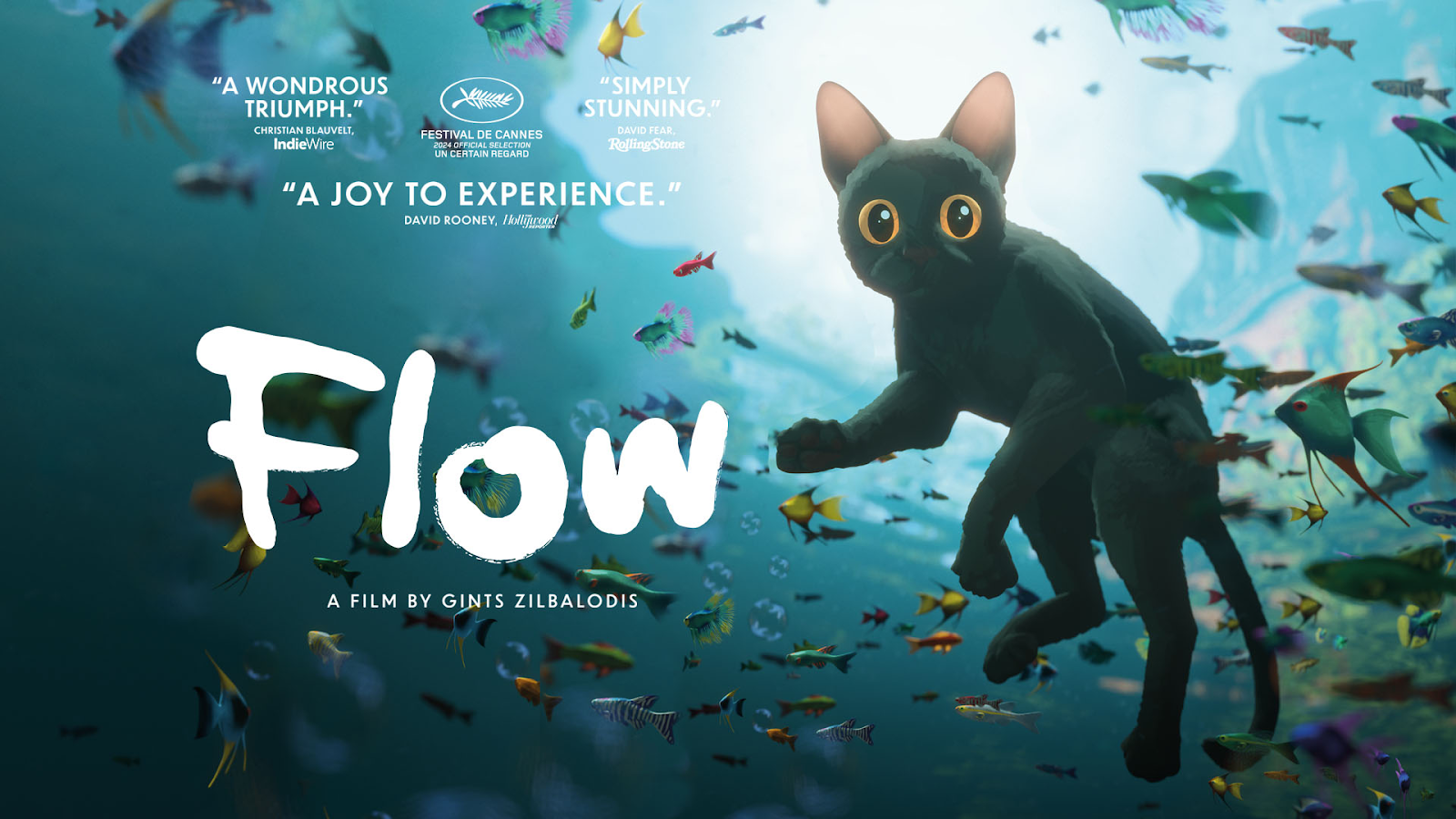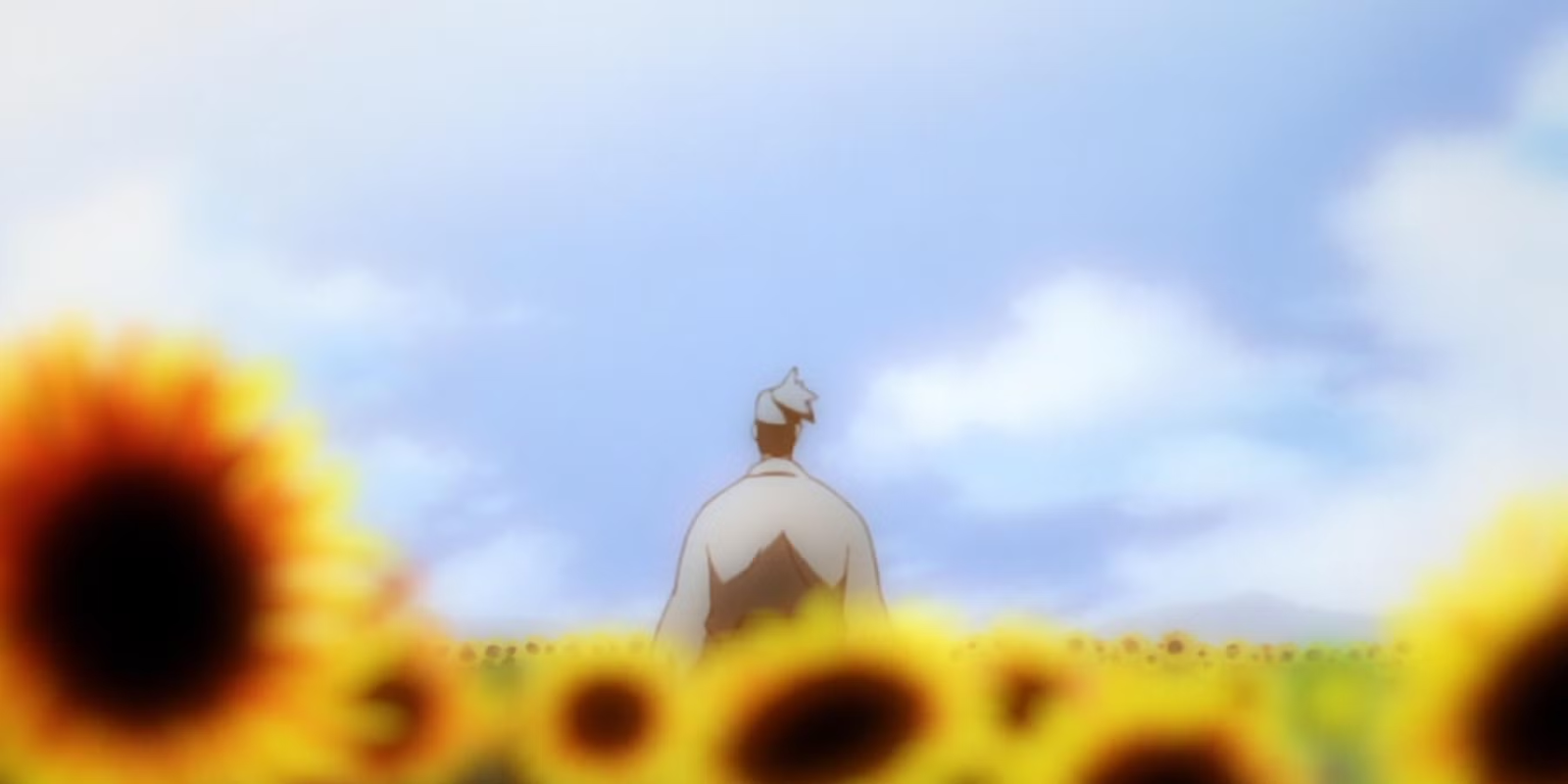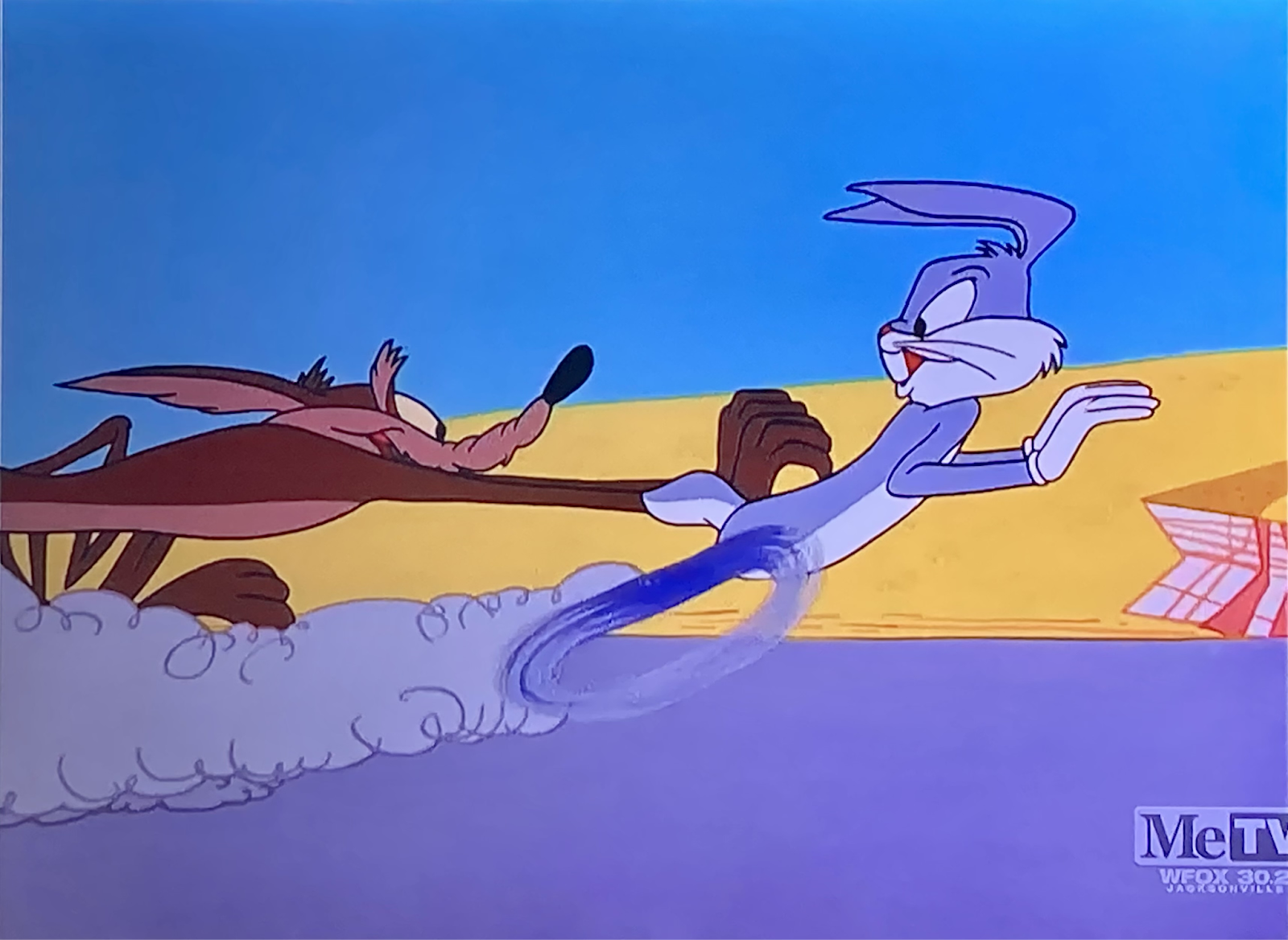Cartoon or anime? Ask ten people and you’ll get ten answers.
But this isn’t just a style preference. Western and Eastern animation are built on entirely different cultural DNA, and those differences change how we laugh, cry, and even dream.
In this article, we try to peel back the layers: the mythologies that shaped each animation tradition, the visual languages that set their rules, and the storytelling that keeps us hooked. The journey starts in the next paragraph!
What Is Eastern Animation?
Eastern animation includes the distinctive styles and storytelling traditions of countries like Japan, South Korea, and China. Each nation contributes its own unique flavor shaped by cultural aesthetics and historical narratives:
- In Japan, anime is a globally recognized art form ($21B in revenue in 2023 according to the Association of Japanese Animation), spanning a wide range of genres from heartfelt coming-of-age tales to futuristic sci-fi epics. Iconic series like Cowboy Bebop and One Piece, but also films like Spirited Away or Paprika showcase the depth and diversity of Japanese animation.
- South Korea emerges as another major player in the animation industry with $767 million in revenue in 2023. Korean animation is noted for its sleek visual style, strong emphasis on character design, and high production quality. With a growing influence in international markets, South Korean studios have produced globally popular series like Lookism, Noblesse, and Tower of God, often combining fantasy, action, and intricate world-building.
- China, too, has a rich tradition of animation dating back decades, with early works like Havoc in Heaven showcasing hand-drawn craftsmanship and mythological storytelling. Today, Chinese animation is experiencing a renaissance with 41.8 billion U.S. dollars in revenue in 2023, driven by increased investment and a growing domestic audience. Modern Chinese animated series often draw from ancient folklore, historical epics, and contemporary social themes, blending traditional art forms with cutting-edge technology. A recent example is Lord of Mysteries.

Together, Eastern animation reflects a deep cultural heritage while embracing innovation, offering a vibrant alternative to the Western animation style. Though each country has its own take on animation, we use Japanese animation as a model in the rest of the article to make comprehension easier.
What Is Western Animation?
Western animation refers to animated productions originating from Western countries, primarily in North America and Europe.
- In the United States, western animation is synonymous with mainstream pop culture, thanks to iconic studios like Walt Disney, Warner Bros, Pixar, and DreamWorks. American animation is known for its emphasis on character-driven narratives, emotional depth, musical elements, and highly polished, often computer-generated visuals. From classic hand-drawn masterpieces like Snow White and the Seven Dwarfs to hits like Frozen and Spider-Man: Into the Spider-Verse, US animation blends technical innovation with strong narrative structures.
- France is another key player in western animation: $16.3B in market value in 2021, according to Data Bridge Market Research. French studios such as Gaumont and StudioCanal have produced critically acclaimed works like The Triplets of Belleville, Arthur and the Minimoys, or more recently, Flow, often characterized by unique visual styles, unique storytelling, and a focus on experimental artistic expression.
- Other European countries like Germany (USD 19.2 billion market size in 2024), Spain or Italy also have a sizeable influence in both 2D and 3D animation.

This contrast sets the stage for a deeper exploration of how Eastern animation differs in style, philosophy, and cultural expression.
1. Studio Organization: Two Systems
Animation doesn’t just look different in the East and West: it’s built differently from the ground up.
The way studios are organized, how roles are divided, and even how animators are paid all shape the art that reaches the screen.
A Japanese studio has its own traditional model:
- Director as creative architect - The kantoku (director) sometimes draws the full storyboard themselves to bring their vision into the very fabric of the production. Icons like Hayao Miyazaki and Satoshi Kon exemplify this hands-on leadership.
- Sequence ownership - Animators are assigned entire sequences, handling characters, props, effects, and backgrounds together to create a unified, holistic feel.
- Genga vs douga - Genga (key frames) artists set the core motion and emotion, while douga artists (in-betweeners) provide fluidity. The sakkan (lead animator or supervisor) oversees both, sometimes wielding more decisional power than the director.
- Compensation by output - Key animators are paid by the cut (scene), while inbetweeners are paid per sheet (frame count) to reward detail and precision over sheer volume.
- Artistic unity - The result is a deeply integrated visual style where every frame feels intentional and connected to the director’s vision.
Western studios, on the other hand, adopt a more productivist approach:
- Hyper-specialization - Production is broken into many micro-roles: supervising animators, assistants, in-betweeners, effects specialists, clean-up artists, and more.
- Fragmented collaboration - A single scene might have characters, effects, and backgrounds drawn by entirely different teams, even when they appear together.
- Consistency through division - This system ensures quality control and scalability, but can lead to a disjointed feel if composition is lacking.
- Efficiency & scale - Specialization allows Western studios to manage massive productions (like Disney features or DreamWorks films) with thousands of staff.
- Modularity over unity - The emphasis is on consistency across characters and effects, rather than a single animator’s holistic vision.
These differences in studio organization are not just logistical: they shape the very soul of the animation that emerges from each tradition. Understanding them is essential to appreciating why Western and Eastern animation feel so distinct, even when they tell similar stories.
2. Aesthetic & Visual Language
In anime, the dominant aesthetic leans heavily toward minimalist animation. This style prioritizes storytelling, emotional depth, and eccentric character design over continuous, fluid motion. Minimalist animation achieves its effect through deliberate choices: fewer frames per second (lower FPS), strategic use of static shots, and repeated or simplified animation sequences. Like a moving manga.
This approach doesn’t imply low quality but rather a calculated artistic decision: by reducing motion, anime can focus on nuanced facial expressions, dramatic composition, and atmospheric background detail, allowing viewers to linger on emotional moments.

In contrast, Western cartoons emphasize character animation and high-energy movement. This style is built on exaggeration and pacing to create dynamic, sometimes comedic, visual experiences: characters leap, stretch, and react with exaggerated physicality (think of Bugs Bunny’s elastic limbs or SpongeBob SquarePants’ bouncy movements). These animations typically operate at higher frame rates (often 24 FPS or more), resulting in smoother, more fluid motion. Lip syncing is also more precise and consistent to maintain realism and clarity.

As a result, anime often feels more introspective, while Western cartoons are more performance-driven. These differences aren’t just technical. They reflect broader cultural values in storytelling. Together, these aesthetic choices define the unique visual identities of their respective traditions.
3. Storytelling: The Heart of Animation
Every animated story is shaped not only by plot and character but also by deeply rooted cultural values. Western and Eastern animation diverge significantly in their respective approaches, reflecting contrasting worldviews on individualism, community, and the nature of conflict:
- Cultural roots - Western animation draws on Enlightenment ideals and individualism, emphasizing self-determination and personal triumph. Eastern animation is shaped by Confucianism, Buddhism, Shintoism... highlighting harmony, collective responsibility, and life’s cyclical nature.
- Narrative perspective (I vs we) - Western stories follow a central protagonist whose personal journey drives the plot. Eastern stories often take a collective lens, where the hero may appear later and growth is shared among the group (nakama).
- Plot & emotional drive (change vs harmony) - Western animation thrives on conflict, disruption, and transformation, culminating in clear victories. Eastern storytelling favors emotional resonance and balance, often ending with acceptance, sacrifice, or quiet closure instead of triumph.
- Characters (hero vs community) - Western heroes are individualistic symbols of justice, facing villains defined by power or greed. Eastern characters value group success over individual fame: leadership shifts, villains may be absent, and death reinforces impermanence.
- Conflict (Good vs evil vs search for good) - Western animation pits heroes against foreign evil, with resolution through conquest. Eastern animation blurs this binary, focusing on empathy, coexistence, and internal struggles where everyone believes they act rightly.
- Resolution (victory vs harmony) - Western stories end with decisive wins and happy closure. Eastern stories aim for balance, even bittersweet or tragic, finding beauty in harmony and connection rather than outright victory.
While both Western and Eastern animation tell compelling stories, they do so through fundamentally different lenses: Western animation celebrates the individual’s journey toward change and triumph, while Eastern animation honours the collective’s path toward harmony and understanding.
Both traditions remind us that stories are not just entertainment: they are mirrors reflecting the values we hold dear.
Conclusion
The clash between Western and Eastern animation is not a battle of superiority. It’s a celebration of diversity in storytelling, artistry, and cultural expression, with both traditions offering unique windows into the human experience.
The differences run deep: Western animation thrives on individualism, dynamic action, and clear-cut victories, while Eastern animation embraces collective harmony, subtle emotion, and the quiet beauty of impermanence. These distinctions are not just stylistic: they are rooted in centuries of philosophy, history, and creative philosophy, from Confucian values to Enlightenment ideals.
What unites them, however, is their power to move us. Great animation transcends borders. It speaks to our shared longing for meaning, connection, and growth.
Of course, modern animation isn't as manichean, and you can find plenty of animation studios whose work perfectly blends different inspirations. Many successful Western cartoons have strong anime influence (the Avatar series, Samurai Jack, or more recently Invincible), just like Japanese animation draws ideas from the West (Cowboy Bebop, Trigun, Baccano, etc.).






